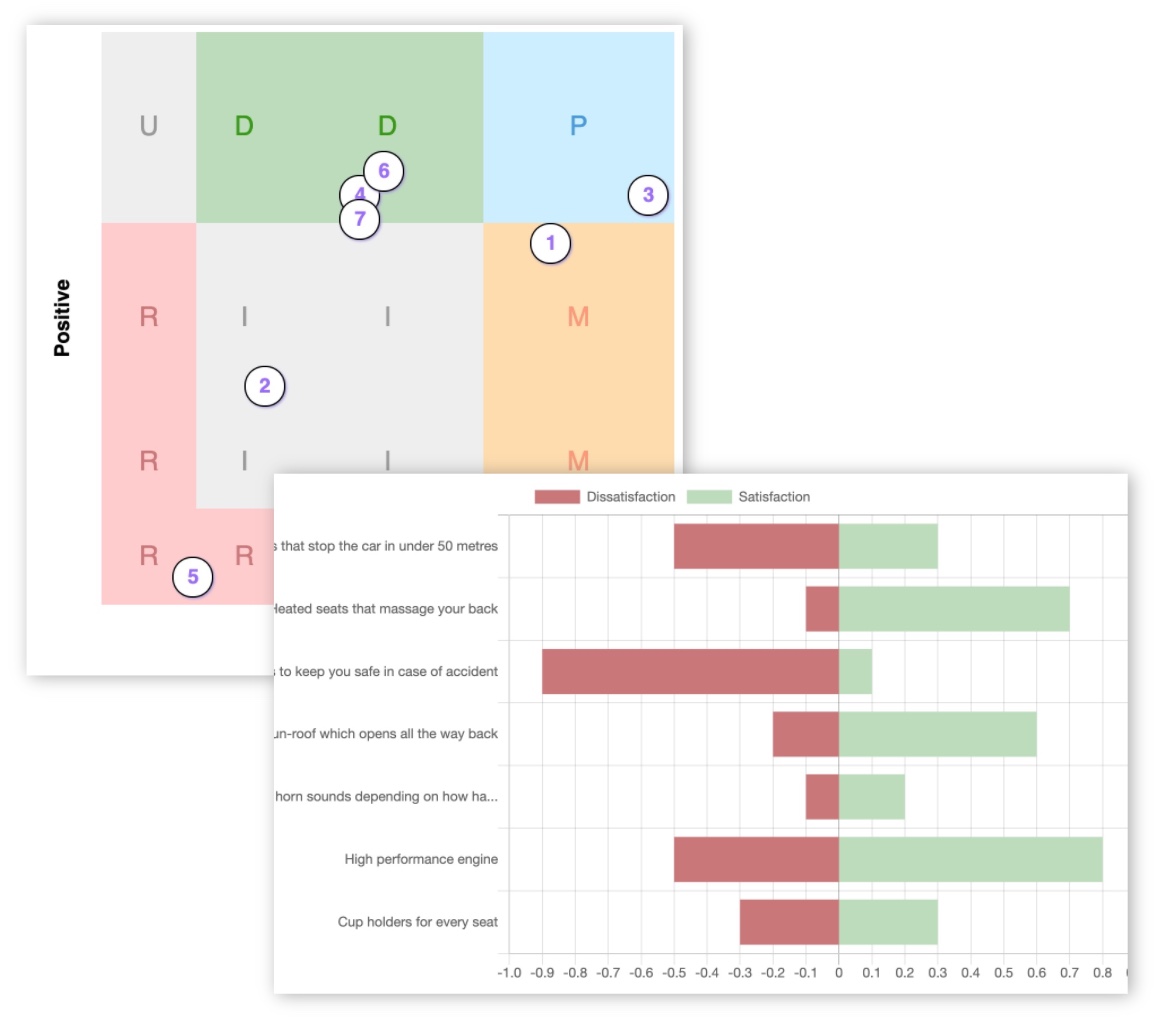Using the Kano Model to analyse Netflix's product strategy
Try our free tool: easily run your own Kano survey and get insight into customer satisfaction, and level-up your product development today.
Create your Kano survey now
Contents
- What is happening at Netflix?
- Why is Netflix losing subscribers?
- We ran a survey
- Can I share passwords on Netflix?
- Why are Netflix's prices going up?
- Is Netflix going to start showing ads?
- No brainers that Netflix should keep
- New features Netflix should add
- Further reading about Netflix product strategy
- Run your own Kano Model survey!
Introduction
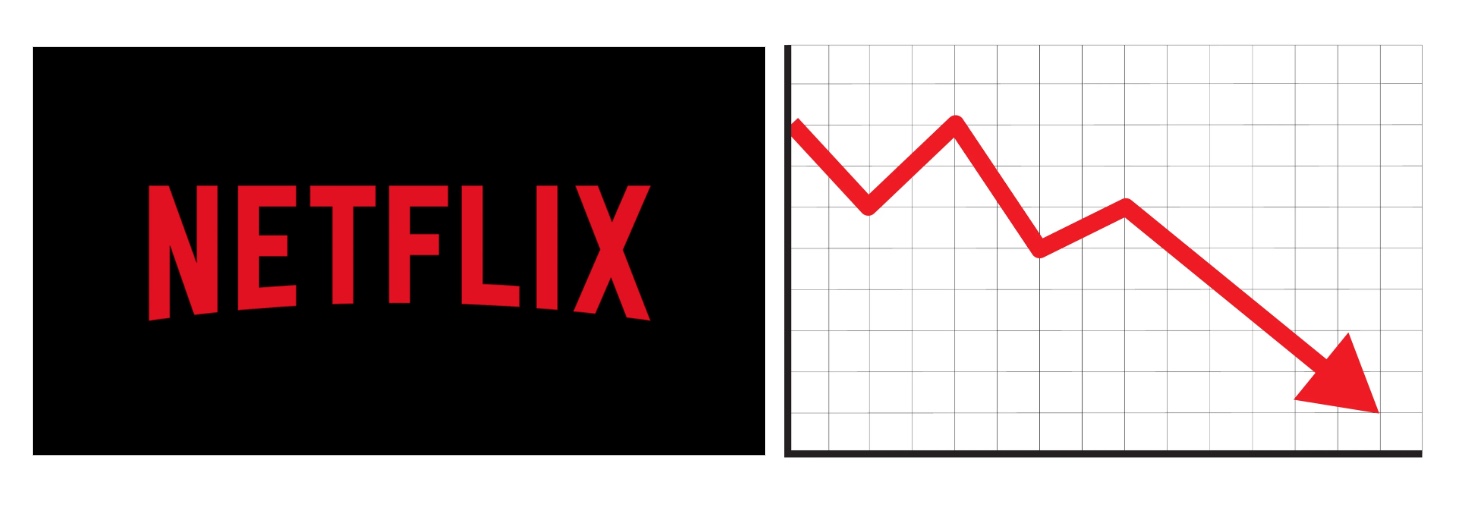
Netflix is in the news! A legendary example of a company evolving with the times, on the cutting edge of technology, pioneering a new category and then dominating that market for years… and now it seems the dream might be near an end.
What is happening at Netflix?
Netflix is losing subscribers by the thousands. They recently announced their first ever quarter of reduced numbers, and they’re projecting a much larger loss in future. This has shaken stock market confidence in the product.
We want to find out why.
Why is Netflix losing subscribers?
3 key reasons: because they’re raising their prices, cracking down on password sharing, and the perception is that there is less new content on the platform.
This is in the context of a dramatically improved competitive landscape compared to a few years ago. The market is different now, new entrants like Disney+, Amazon Prime, Hulu and so on are all fighting hard on content and price.
We want to know what they can do about it.
What can Netflix do to improve?
That’s a hard question indeed, and this is a very interesting product management case study. We created a unique survey to understand what people love and hate about Netflix, and where it should take the product next. Read on to find out what we discovered.
We ran a survey
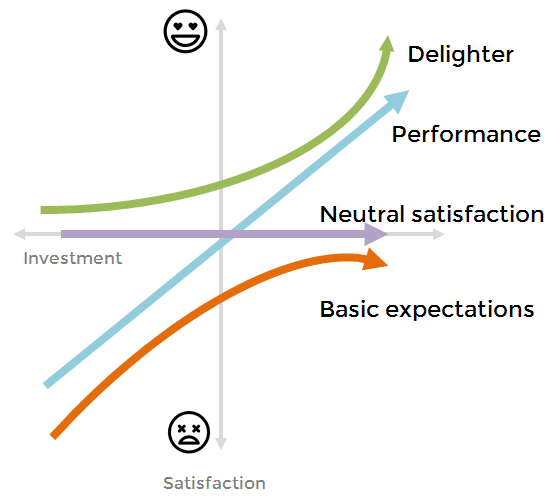
We used a technique called the Kano Model. This approach is intended to measure customer satisfaction around the features of your product, which you can then use to prioritise your roadmap and figure out what to focus on.
The Kano Model categorises features into one of the following:
Reverse - customers actively dislike these features
Indifferent - customers don’t care if these features exist or not
Must-have - customer expect these features to exist
Performance - satisfaction goes up in line with the quality of the feature
Delighter - customers are happy if these features exist but don’t expect them
Our survey included some features that Netflix already has (to see if they need to keep them), and some potential new features (to see where Netflix could go next). We apply three different types of Kano analysis approach and present our interpretation of the results below.
Category analysis - shows the most common Kano category across all the responses
Continuous analysis - a more nuanced version of above which takes into account the strength of some of the answers to reach a primary category
Coefficient analysis - boils the answers down to a single overall satisfaction and dissatisfaction potential score for each feature
We shared the survey to our users, on Twitter, through some paid survey sites and a few other places - this is to get as broad a spectrum of respondents as possible, to try and match the broad demographic that Netflix has.
The features we tested
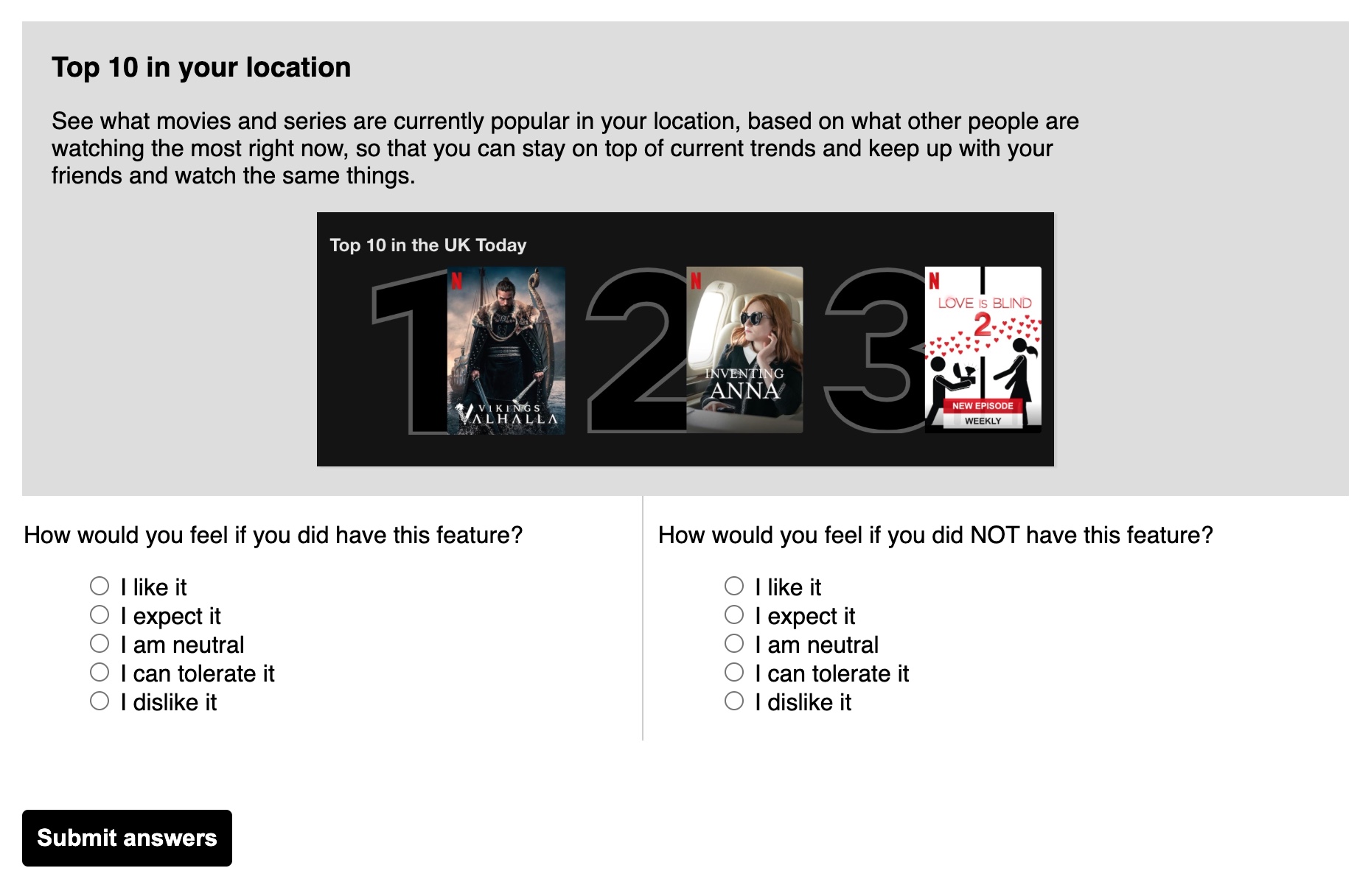
Profiles: create individual profiles for yourself and your family - with customisable pictures so you can express yourself! - so that your watch list, favourites and recommendations are separate and personalised to your tastes.
Notifications: Sometimes there’s a particular show or movie that’s not yet on Netflix and you’re waiting for it. This new feature would let you list them on Netflix and then get an email or app notification when they’re added to the site so you can watch them straight away.
Watch anywhere: Access Netflix on any of your devices - laptop, computer, phone, TV, games console, tablet, TV stick etc, so that you can always watch your favourite shows and movies whatever your situation.
Hide stuff: This new feature would let you hide any movies or series that you definitely don’t want to watch, so that they don’t keep appearing in recommendations. This would mean that instead you’d see new items that you haven’t seen before so you’re more likely to find something you like.
Channels: Netflix has a huge catalog and it can be hard to know that something is good without investing the time to watch it. A new channel feature would allow experts and celebrities to curate a playlist of shows and movies that they would recommend the most. You can trust their judgement and follow their playlist and be sure you’re going to see great stuff.
Download / offline viewing: Save shows and movies onto your device so you can watch them later when you don’t have an internet connection - for example on a train or airplane, or out in the countryside, or even on holiday.
Homepage recommendations: Help you find the most relevant content for you by recommending the best shows and movies within categories, based on what you’ve watched in the past. Provide lots of recommendations so you can explore the full catalog and easily find something to watch.
My List: Bookmark your favourite shows so that later on when you’re ready to watch them you can quickly find them again in a special area of the site.
Children's accounts: To protect your children from seeing content that’s not suitable for their age, you can set up “Child” profiles that come with extra parental controls so you can configure what content they have access to.
Search filters: A new feature to enhance how you search the catalog - after you’ve done a search you could narrow down the results with a range of different filters such as the year of release, run length, age rating (U, PG, 12, 15 etc), genre or even cast members.
Shared accounts between friends: This new feature would let you share an account with people outside your household to spread the cost of a subscription. Everyone would still have separate profiles and logins, and the bill would be split evenly between you.
Blockbuster movies: This new feature would give you access to blockbuster movies for a small extra cost, so if you don’t want to go to the movie theatre to watch something you can check it out in the comfort of your own home, without having to wait 6 months for it to get released to streaming services.
Top 10 in your location: See what movies and series are currently popular in your location, based on what other people are watching the most right now, so that you can stay on top of current trends and keep up with your friends and watch the same things.
You can see the actual survey (the survey) and even fill it in to submit your preferences for these features.
The results
It is recommended that you open the analysis in another window or tab so you can follow along with the interpretation below.
Can I share passwords on Netflix?
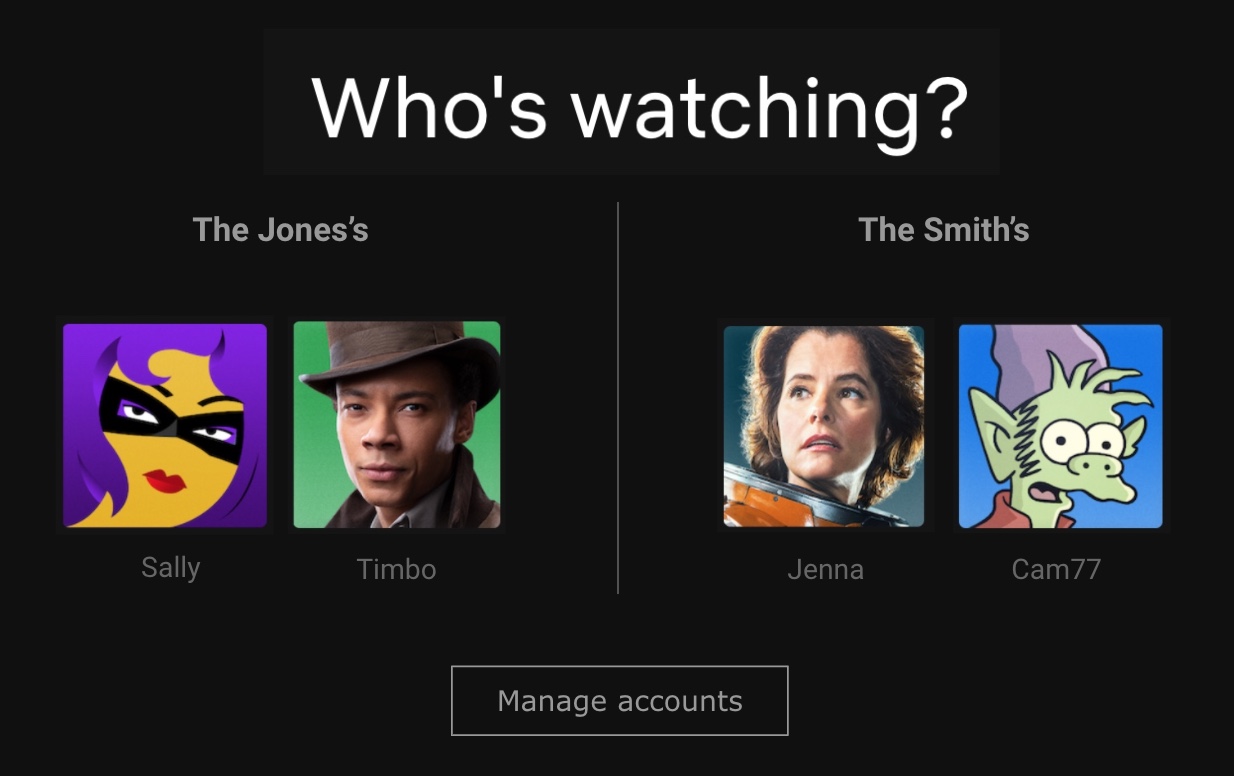
This is a big one in the press at the moment, perhaps even the thing that started Netflix’s downfall. They concluded that many customers were sharing their passwords with others and this was likely limiting Netflix’s growth. If those other people paid for their own account instead of sharing, Netflix would get more paying customers.
We tested this feature explicitly - “Shared accounts between friends” - and described it as a way of reducing the cost. Somewhat surprisingly, category and continuous analysis puts this feature firmly in the Indifferent category, and coefficient analysis shows minimal downside for the feature not existing.
So people don’t want shared accounts… But at the same time the internet is furious that Netflix might take steps to stop password sharing?!
My take: the Profiles feature already enables this. There’s no need for a new feature - if I can set up a profile for my friend, then that’s all I need. People are so used to doing this that they don’t see it as a specific feature.
The combination of the Profiles feature and Netflix’s higher tier pricing options - which explicitly state you can use Netflix on up to 4 screens at the same time - is creating a situation that appears to condone password sharing. Netflix is going to have to rethink how those aspects of the service are positioned and weather a storm if it wants to change things.
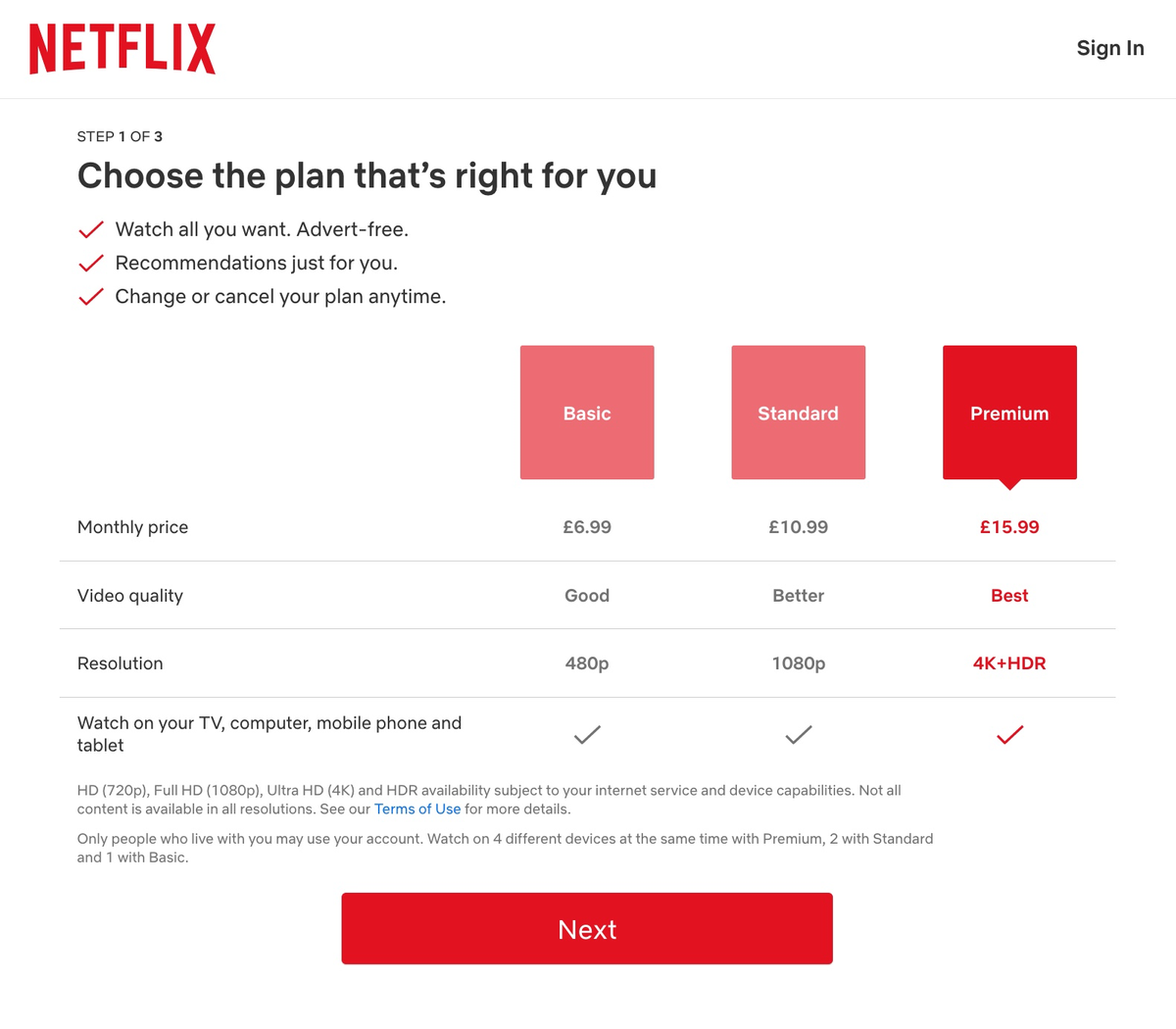
Note: they’re actually already taking steps to do this! Small changes on the pricing tiers page (during signup), such as relegating the “number of screens” to smallprint instead of the main benefits table, and adding copy along the lines of: “you can only share your account with people you live with”.
Why are Netflix’s prices going up?
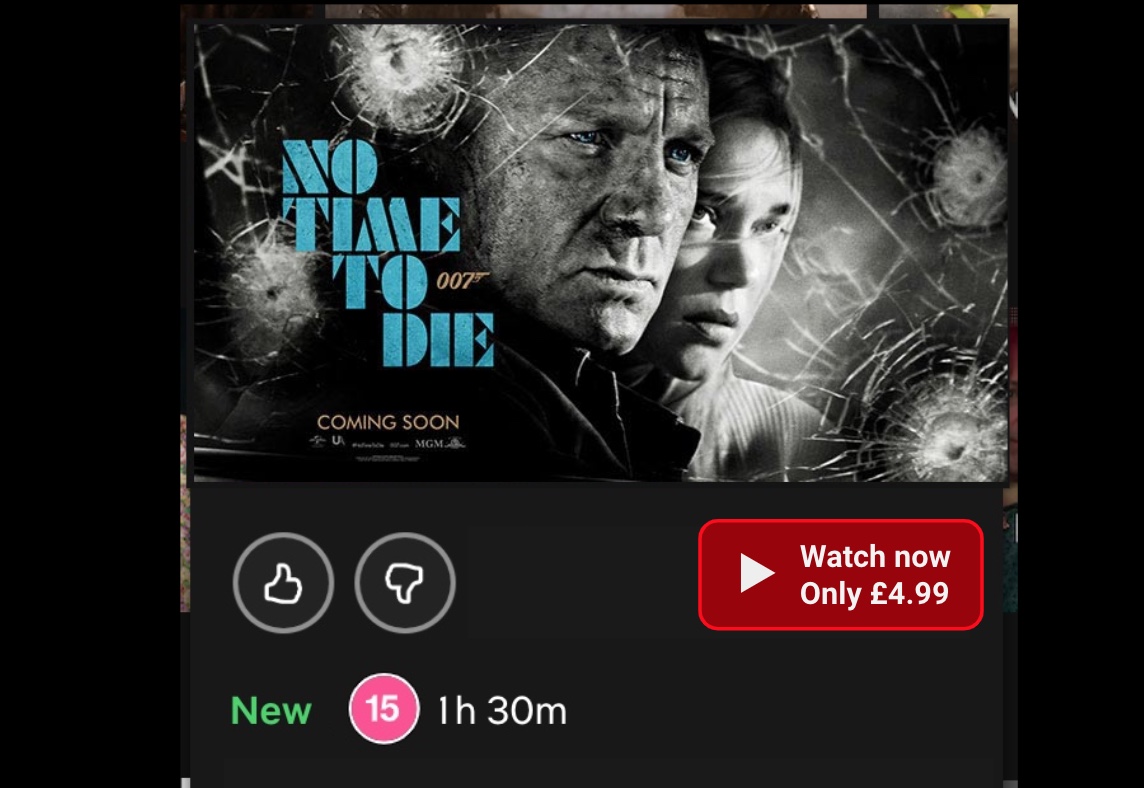
Prices are intrinsically linked to content and the feeling is that there’s not enough content on the platform to justify a price rise.
Netflix’s earlier investments in content might not be paying back as big as they’d hoped so they need to raise more money to invest bigger next time, or to pay to acquire more content from elsewhere.
We tested two features in this area:
“Blockbuster movies” scored very highly in the Delighter category, with the biggest overall positive score for potential satisfaction. People love this feature and would be thrilled to have more blockbuster and theatre releases available.
“Channels” had a split score between Delighter and Indifferent, and small scores for potential satisfaction if the feature did or didn’t exist. Overall this means that the feature isn’t in high demand, but there might be a small segment of people that would value it.
My take is that channels aren’t the right solution for most people. There are already hundreds of channels on broadcast or cable TV, and now there are so many streaming providers that each one of those is like another channel. Netflix is the channel (especially since they’re spending so much on producing original content), and people want high quality content in that channel.
Is Netflix going to start showing ads?
Netflix is considering showing ads on its lower priced plans as a way of subsidising the cost (well, avoiding any further price rises rather than actually reducing it).
Netflix was one of the first of a new type of TV consumption - pay up front and get ad-free service. Some shows on Netflix are also available on ad-supported platforms, and the viewing experience pales in comparison. Being interrupted every 10 minutes to see 5 minutes of garbage really spoils the atmosphere of great quality TV or film.
Our survey didn’t actually ask about this as it wasn’t on the table at the time and it seemed such a radical thing that we didn’t even consider it. I bet it would come out as a solid Reverse category though, with people being distinctly unhappy about it!
No brainers that Netflix should keep
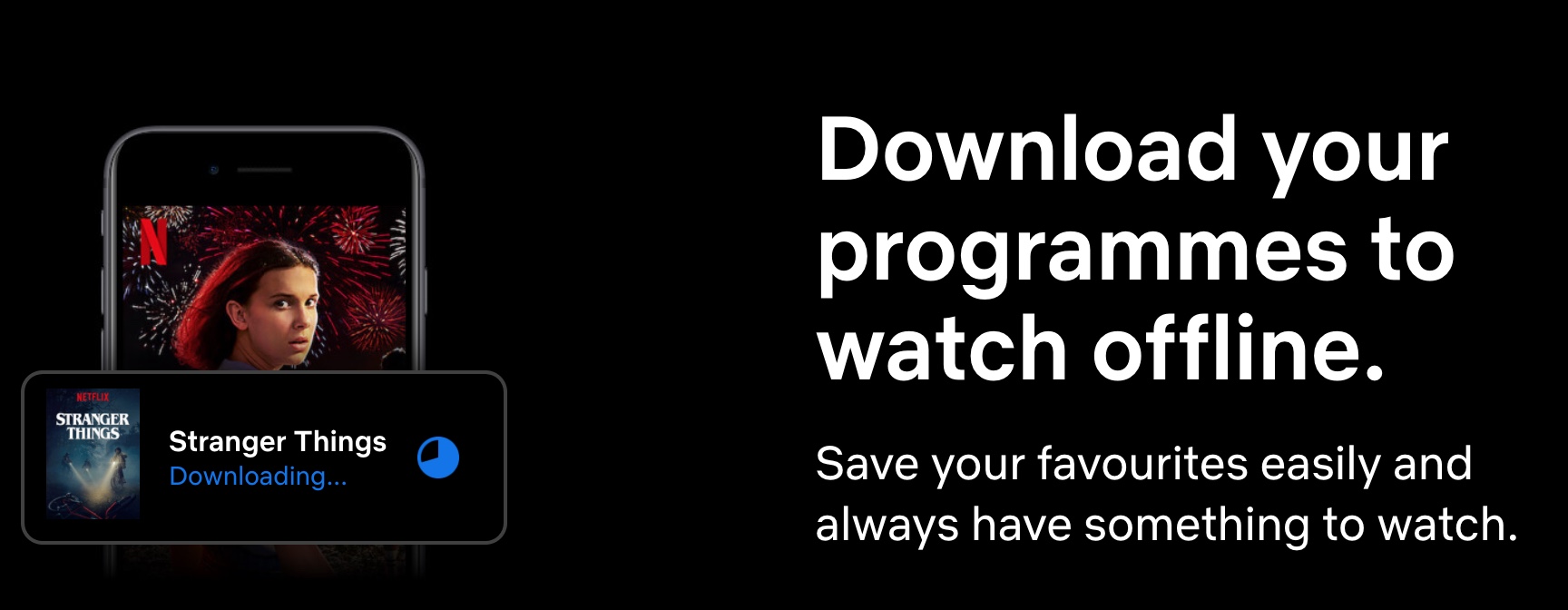
The coefficient analysis shows the features that would cause the most customer dissatisfaction if they were removed, so Netflix should definitely keep these:
“Download / offline viewing” - this showed as a Must-Have in the continuous analysis, suggesting it’s a core feature without which the platform loses significant appeal
“Watch Anywhere” - this showed as a Performance feature in the continuous analysis, suggesting that the more devices that support Netflix, the more customers will be satisfied. It would be good for Netflix to keep extending support to new devices as they come onto the market
“Profiles” - this showed as a Delighter in continuous analysis but Indifferent in the category analysis. The category analysis is less granular and so I suspect there is a decently sized segment in the participants who don’t need profiles (single users vs multi-person households for example)
We also saw two features that had strong responses split between Performance and Delighter in both category and continuous analysis, more obvious candidates to keep:
“My List” - people need to re-find stuff they like
“Homepage recommendations” - the catalog is so big customers need Netflix’s help surfacing the stuff that’s most relevant for them
New features that Netflix could add
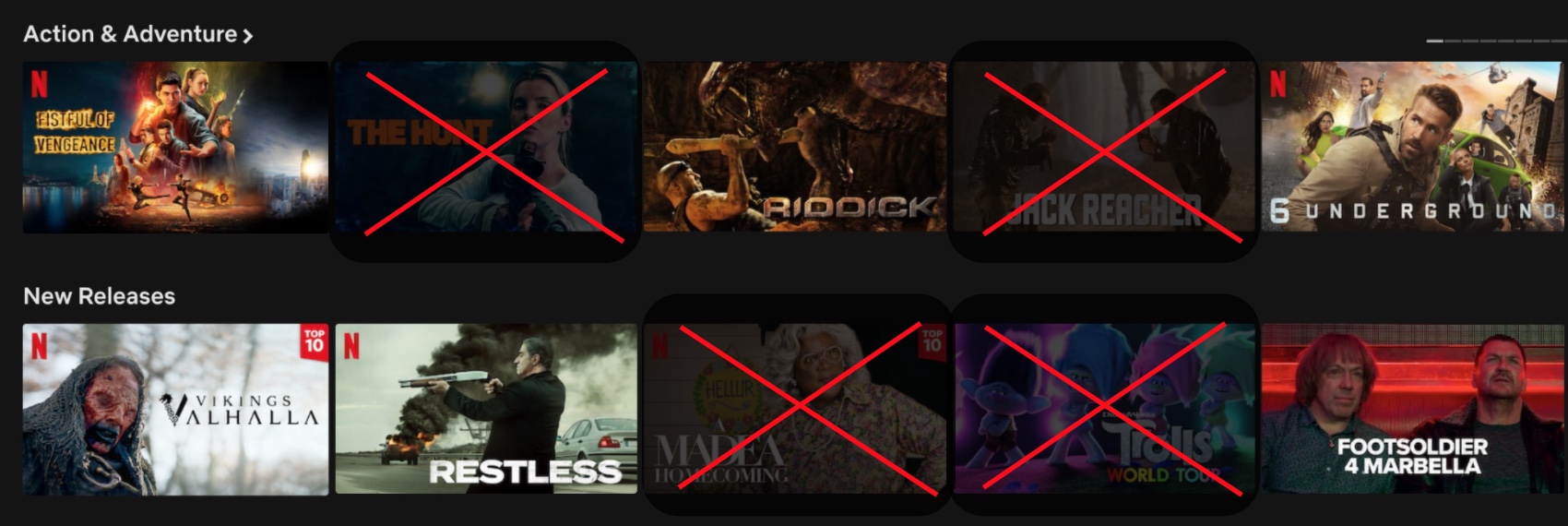
We already covered “Blockbuster movies” above, and there were two other features that scored positively:
“Hide stuff” - this showed as a Delighter in category analysis, and borderline Delighter in continuous analysis, and fourth highest potential positive satisfaction if it existed. So strong rationale to add this feature as it seems to be a missed user need, but… I can understand why they wouldn’t want it to exist.
If a user hides all the content they’re not interested in, their view of the catalog shrinks, they see less and less content. Over time the value perception may also diminish, leading to churn. This is exacerbated by the awesome recommendation algorithm which already narrows the view of the catalog based on my personal tastes.
Netflix needs you to see lots of content and eventually choose to watch something even if you originally ignored it. A customer that is watching is a paying customer.
“Search filters” - this showed as split Delighter and Indifferent in category analysis, but strong Delighter in continuous analysis and sixth highest potential positive satisfaction. So still a pretty good case for this to exist, but I think the reason it doesn’t is similar to hiding stuff…
If the user is given too much control over exploring the catalog, filtering and narrowing it down themselves, they start to see the boundaries and realise the true size of the catalog (I think this is one of the reasons that Netflix continually changes the preview images for shows, so that things don’t look the same and become familiar over time - also probably they’re optimising for engagement).
Once the user realises they’ve exhausted the existing catalog and can’t find anything else that they like (within whatever search filters they choose), they’re more likely to abandon Netflix and churn. It’s hard to hang around waiting for the next release of content without knowing what it is and when it’s landing.
Netflix needs to create some level of illusion around the size of the catalog so that people keep feeling like “wow there’s so much stuff left to watch!”
Features Netflix should think carefully about
Some features didn’t test that well in the end, and Netflix could consider removing or avoiding these features.
“Children’s accounts” - this showed as a solid Indifferent across both types of analysis, with the lowest score for potential positive satisfaction. This is likely to be a niche feature that only applies to certain people, and for them it’s very important - a closer look at the continuous analysis shows this feature was leaning towards Must-Have, there’s probably a segment in the data for whom this is a key feature. But Netflix has to trade off the cost of building and maintaining that feature vs the revenue from a probably small segment.
“Top 10 in your location” - this showed as a split between Indifferent and Delighter, with amongst the lowest scores for potential dissatisfaction if not present. As with Children’s accounts, for the overall userbase this isn’t setting the world alight but could well be a niche feature that some people highly value.
“Notifications” - The lowest score for potential dissatisfaction, the second lowest score for potential satisfaction, and a strong Indifferent score in both category analyses. Surprisingly this feature tested as a complete dud. Does this tell us that people are either a) not waiting with baited breath for the next new release? Or b) they’re on Netflix so often that they don’t need a notification. Either way, it seems like it’s not worth investing in.
If I were king for a day...

Based on these findings if I was in charge of product strategy at Netflix, I would draw the following conclusions about what customers want in order to justify the changes to pricing:
It’s all about high quality content. They should add more: particularly blockbuster movies or shows that are big outside of Netflix. They could go further to highlight the existing blockbuster content that they already have, and create more of a stripped back browsing experience around big budget and well known cinema to more directly position themselves against Disney+ (who have Marvel, Star Wars and so on).
This goes to the core of Netflix’s long term strategy - they have invested heavily in original content over the last few years. Now everyone is doing the same, we’ve got original content coming out of our ears. How can they differentiate the content to reiterate the value of the monthly fees?
(Sidenote: gaming appears to be next on their content hit list. This is a new world and in some ways an evolution of their content strategy. I don’t think TV/movies are dead though!)
Content discovery is key. The recommendations engine is awesome, but there’s so much unknown content coming through that more control is needed: allow people to filter and remove the stuff they don’t want. The need for this is a reaction to the type of content that’s coming through, there’s enough in there that people are fed up of scrolling past the same things over and over and it’s hard to see the wood for the trees! People need better ways to find something they like. Is the usefulness of recommendations running out?
Rethink password sharing to be centred around profiles. The model of shared accounts is already very well established, so much so that restricting password sharing feels like a severe curtailing of personal freedoms that will likely cause a significant reaction in some people; Reddit is already furious, for example.
But Profiles are the highly valuable feature that could unlock a smoother transition - anyone who watches regularly will want (need!) the personalisation that comes with a profile. Perhaps Netflix should explore dropping the limit on concurrent screens, and paying per profile instead.
Further reading about Netflix product strategy
Gibson Biddle is a former Netflix product manager and often shares his thoughts about their product strategy on Twitter. He has recently posted a breakdown of how he thinks Netflix should respond to their current situation.
The end!
We hope you enjoyed this product strategy case study using the Kano model analysis technique. If you are involved in product development yourself in any capacity, and you want to know what delights and disgusts your customers, you should give it a go.
This is just one example of the Kano model in action. How will you use it in your next project?
Create your Kano survey for free

 Give Feedback
Give Feedback